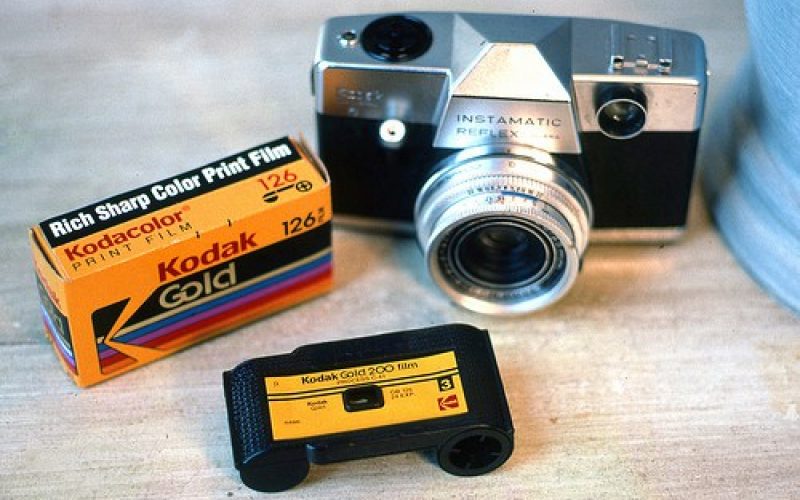
For decades Kodak was the brand and market leader in camera and film sales. When I was growing up Kodak was photography. My first camera took a 126 film with 24 pictures on and each shot was precious and considered because it cost money to buy and process the film.
Today a Kodak moment means something completely different than it did back then, because in 2012 Kodak filed for bankruptcy.
What happened?
Kodak was a market leader and an iconic brand. They built one of the first ever-digital cameras in 1975 and at that time held more patents in that area of technology than any of their competitors. How could they go from that leading position to nothing?
Looking back it was easy
In the early 1980’s Sony produced their first digital camera. Technological change was starting to speed up. By the early 2000s digital film started to take over. The Internet had arrived; people could take photos with digital cameras and store them on their home computers. Then in 2007 Apple introduced the iPhone complete with camera and taking photos on mobile phones became the norm. Meanwhile, there continued a global decline in film camera and film sales.
Before digital photography you bought film, took pictures and then took the film to a shop, or sent the film away to be processed. It cost money. Along came digital and photography became practically free. A memory card takes 100’s if not 1000’s of photos and you can delete the ones you don’t want. Gone are the days of budgeting for film processing costs.
This was great for the consumer, but not so great for Kodak; it was not just the drop in camera sales that helped to drive them to bankruptcy, a key part of Kodak’s business model was the income it made from the sale of film and processing.
By about 2000 the signs were there. Film sales were declining, digital was taking off. Kodak didn’t respond. Perhaps they thought it wouldn’t catch on. Or maybe they wanted to stick to what they knew. Was the urgent need to rethink their business model too difficult, expensive, or conflicting with their original business of creating images through film photography?
I know it’s easy to look back with hindsight and say what Kodak should or shouldn’t have done. But the point is they didn’t. They went bankrupt. And this change took place over 25 years.
So what has the story of Kodak’s demise got to do with you?
Everything.
Times are changing now more quickly than in the 1970’s and 80’s when digital film was unveiling the cracks in Kodak’s business model. Consider your customers, fast changing technology has enabled them to easily make everyday transactions online. They communicate and make decisions in a different way than even 5 years ago. They trust peer recommendations more than businesses advertisements, they have higher expectations of customer service and response times and they can easily share good and bad customer experiences. An organisation doesn’t operate in a vacuum, whatever is changing in the social, political and technological environments also affects the levels of service expected by your customers.
And I am just scraping the surface.
You could wait and see what happens. At what point do you take action? What if your business model requires a remodel in the same way that Kodak’s business model did? Are you ahead of the curve and looking at what your customers might want and need in 3 or 5 or 10 years from now? Or have you got your head in the sand, because it feels safer to believe the new idea wont catch on?
If you’d like to discuss your fears about innovation and change – then get in touch. Book a call here.

One thought on “It will never catch on”